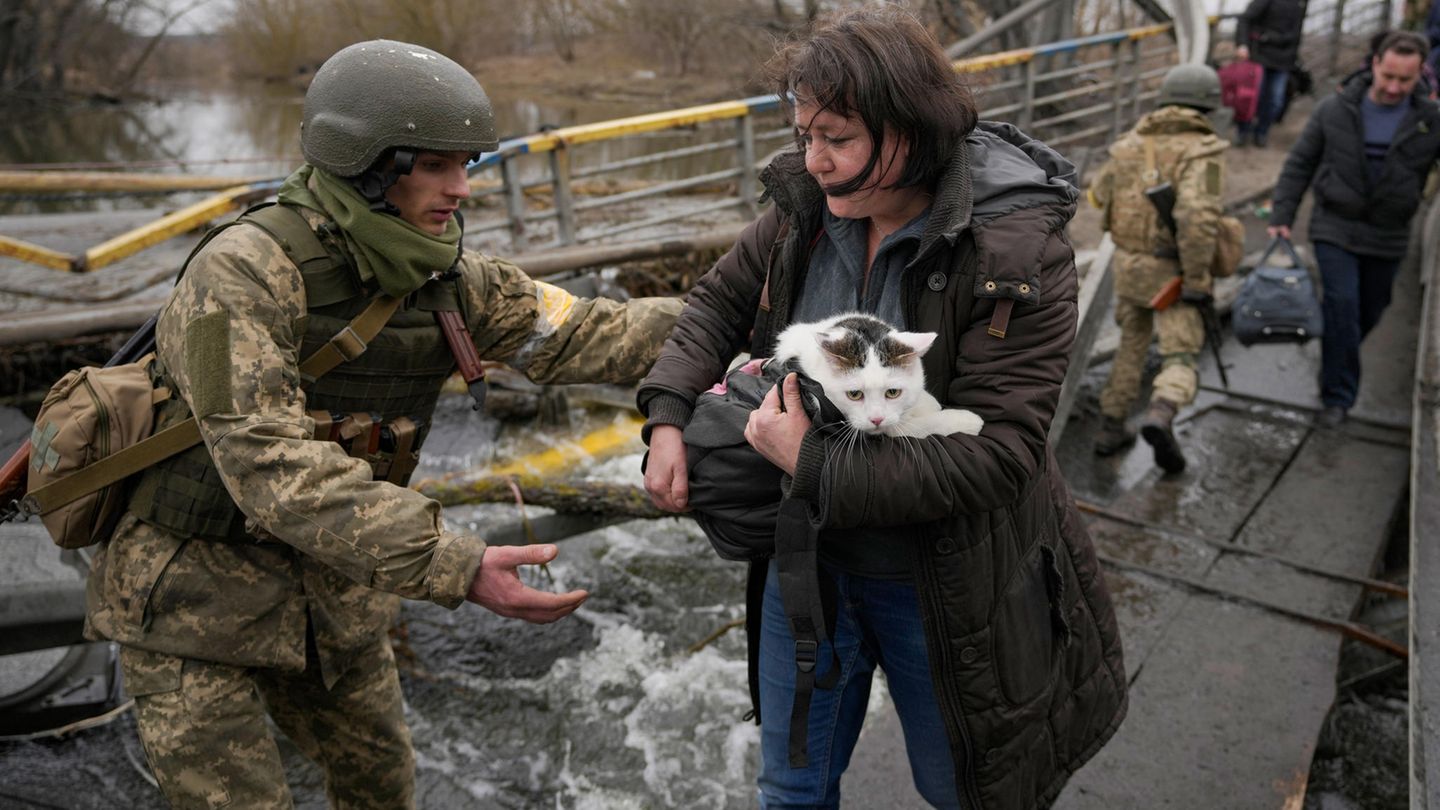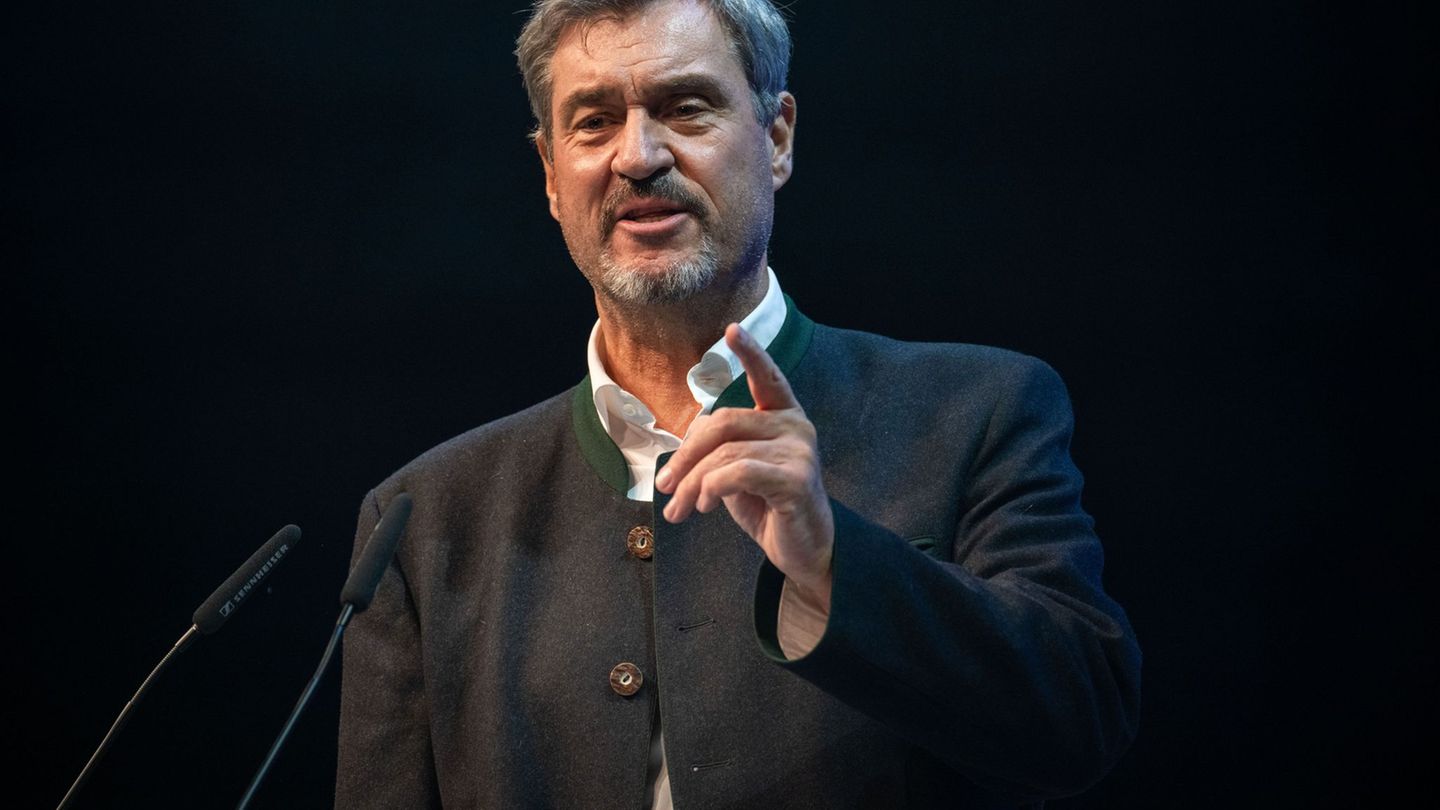Answer questions
Moscow and Kyiv had agreed on a ceasefire during negotiations. Relief supplies were to be delivered and civilians evacuated. The procedure is also known as the “humanitarian corridor”.
Hopes were high, but the results were meager: Russia and Ukraine had agreed to set up a humanitarian corridor in the region around the southern Ukrainian port city of Mariupol. There, the guns should be silent, at least temporarily, to open a way out of the embattled city for civilians. But right at the beginning both sides accused each other of violating the cease-fire.
The evacuations were therefore initially postponed, and in the afternoon the Russian military, according to its own statements, continued its attacks on Mariupol and the city of Volnowacha. The development should confirm those who are already skeptical about humanitarian corridors. Because the aftermath could be devastating, as a look at the past shows.
What do the parties to the conflict expect from the measure?
Ukrainian authorities expect more than 200,000 people to leave Mariupol in the Donetsk region amid a ceasefire. That would be almost half the population. 15,000 people are expected for the city of Wolnowacha, said Deputy Prime Minister Iryna Wereshchuk. The evacuation should take place in stages over several days, it said. Buses will be provided for this. The two cities are considered focal points in the region. According to the authorities, the infrastructure has been largely destroyed.
Where are the corridors planned – and for how long?
The most important escape corridor is the route from Mariupol to Zaporizhia, about 225 kilometers. For their own safety, people are urged not to deviate from the route agreed between the Ukrainian and Russian armies. In addition to city buses, residents could leave the city with their own cars. “Take as many people with you as possible,” the city appealed.
How are the corridors legally regulated?
Irrespective of such corridors, international humanitarian law obliges all parties to a conflict to protect the civilian population, wounded soldiers or prisoners. In principle, according to the Geneva Conventions, hospitals are to be protected from attacks. To do this, the opponents exchange the locations of the medical facilities. In addition, medical and safety zones can be set up by mutual agreement. This is regulated in the “Geneva Convention for the Protection of Civilian Persons in Time of War”.
In addition, warring parties can also agree not to bother the transport of the wounded or aid along certain corridors by recognized humanitarian actors such as aid organizations. Water, food, medicines, medical supplies and everyday goods can be brought into the conflict region, while civilians are able to leave the contested areas. Contrary to an agreed ceasefire, fighting continues around the corridors.
However, according to the Federal Government’s Advisory Council on Civilian Crisis Prevention and Peacebuilding, humanitarian corridors are not aimed directly at protecting the population. But they could help reduce violence. There is no independent authority that could enforce respect for these corridors.
How do experts assess the ceasefire?
The CDU defense politician Henning Otte sees a chance in ceasefires and humanitarian supplies: These could “become an open window for a ceasefire and for negotiations,” he said on Deutschlandfunk on Saturday.
According to former NATO general Egon Ramms, however, a ceasefire also harbors the risk that one side will reorganize its troops and prepare for military operations. Then there would be the possibility, without a relative threat to the other side, “to regroup forces or to track forces” and to organize supplies for supplies, Ramms said on Saturday in the ARD “Morgenmagazin”.
The International Red Cross welcomes initiatives such as corridors that could help keep civilians safe. “But these would have to be very well planned, very well coordinated and very well communicated,” says a spokesman for the German Press Agency. That can be a difficult task at times. The aid organization also draws attention to the fact that, despite such measures, “civilians should not be the target of hostilities under any circumstances.”
Have such measures proven themselves in the past?
It is not the first time that Russia has asked a local population to leave a contested area. This had sometimes devastating consequences. In the northern Syrian rebel stronghold of Aleppo, for example, there were repeated ceasefires lasting several days in 2016. Heavy attacks by the Syrian troops and massive air strikes by the Russian allies follow later. Damascus ultimately takes control of a completely devastated city.
And so it was in Grozny, the capital of the then breakaway Russian republic of Chechnya. In December 1999, Moscow called on civilians to leave the Caucasus city within a few days via safe corridors. After more weeks of bitter fighting, the infrastructure is completely destroyed.
Source: Stern
David William is a talented author who has made a name for himself in the world of writing. He is a professional author who writes on a wide range of topics, from general interest to opinion news. David is currently working as a writer at 24 hours worlds where he brings his unique perspective and in-depth research to his articles, making them both informative and engaging.




